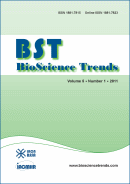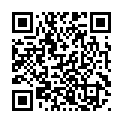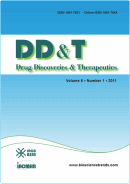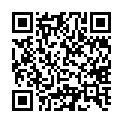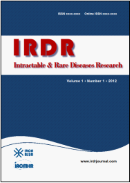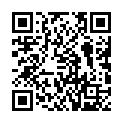Intractable Rare Dis Res. 2025;14(2):135-137. (DOI: 10.5582/irdr.2025.01014)
Pathonign variants in recessive disorders: How extremely hypomorphic variants can be pathogenic and benign depending on the allele in trans
Fabre A, Guerry P
In recessive monogenic diseases, individuals with a single pathogenic variant are typically asymptomatic and symptomatic disease is only observed in patients with two pathogenic variants. Assuming that disease only occurs where protein concentrations or activity are below 50% of normal (since in recessive diseases, most carriers are asymptomatic) some hypomorphic variants could be deleterious in association with a LoF variant, but nevertheless yield > 50% protein activity/concentration when homozygous. These types of variants would be very weakly eliminated by natural selection, if at all, and thus their frequency in the population could increase by genetic drift. Thus the population frequency criterion often used to qualify variants as benign would be misleading. One such variant may be c.5603A>T (p.Asn1868Ile), in ABCA4 (which causes Stargardt disease-1). This variant is pathogenic in trans with a null or missense variant but not when homozygous. We refer to these variants using the blend word "pathonign", since they are simultaneously pathogenic and benign in the population.


